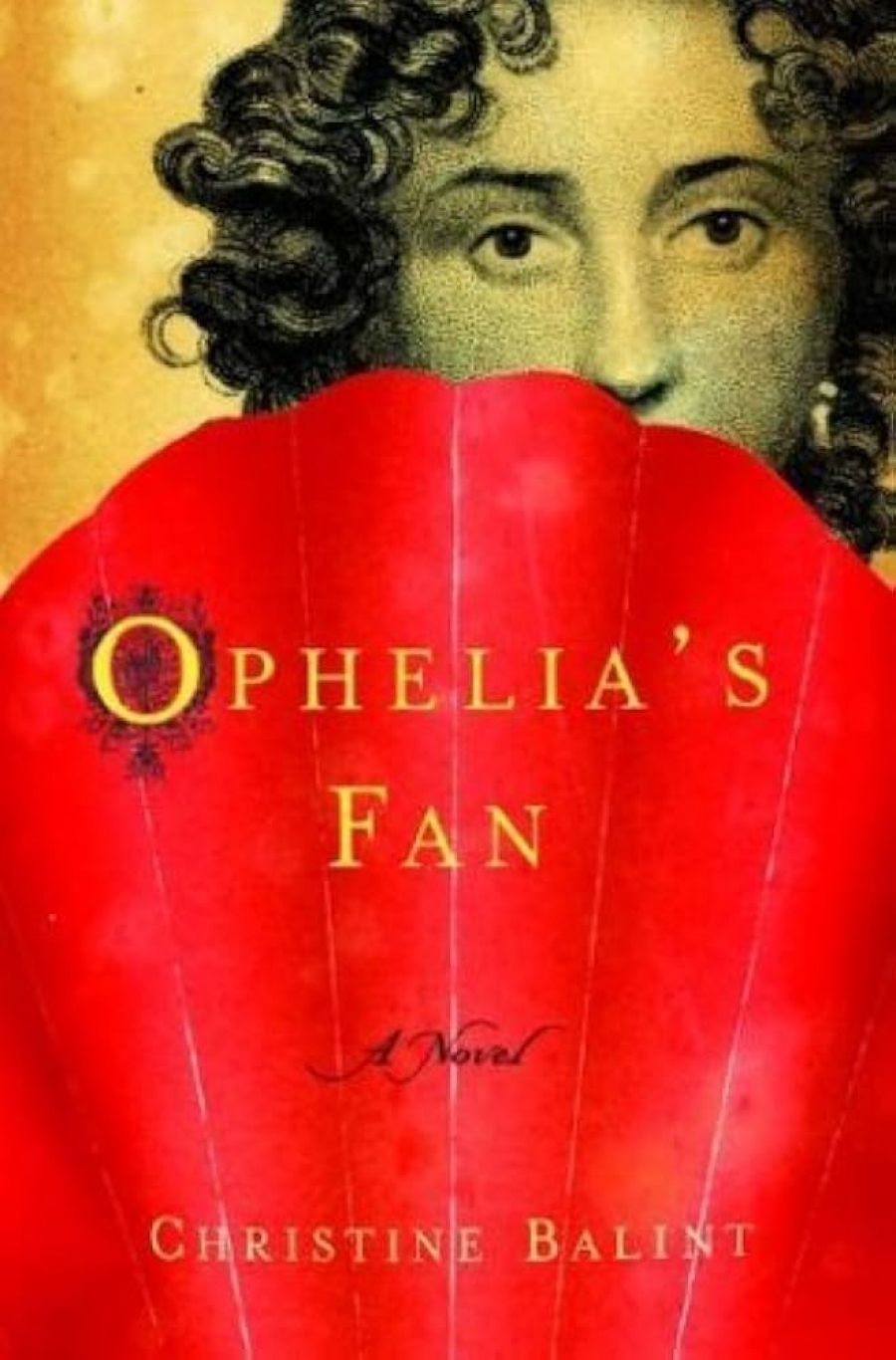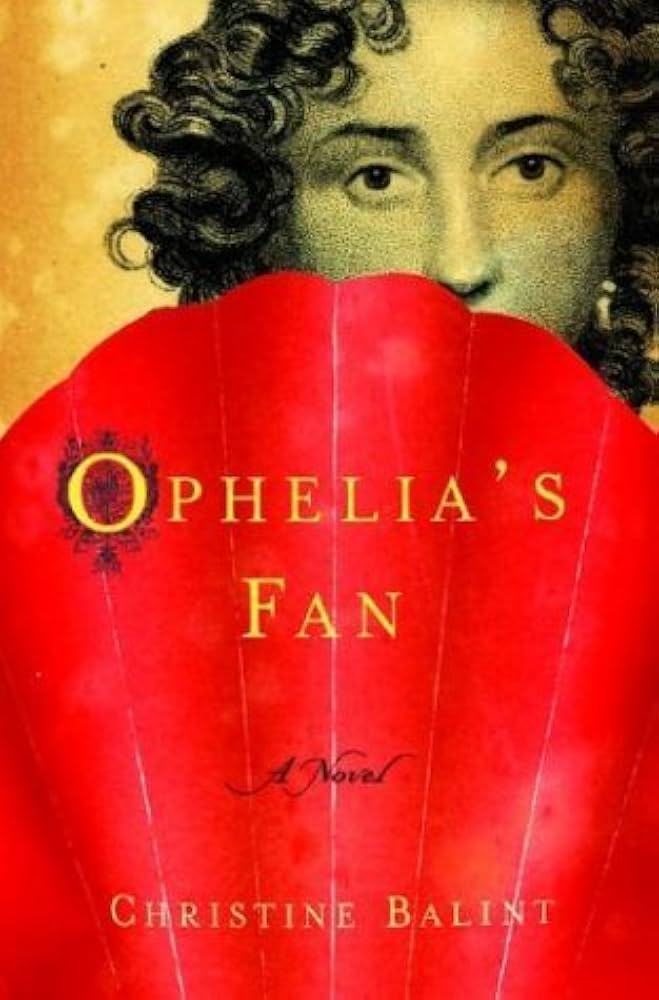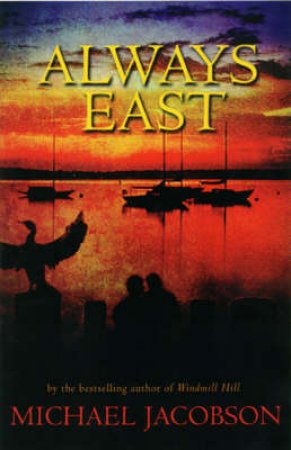
- Free Article: No
- Contents Category: Fiction
- Review Article: Yes
- Article Title: Repeat Performances
- Online Only: No
- Custom Highlight Text:
First novels should be the hardest to write but, among writers, second novels have won that reputation. Second-novel syndrome can be identified by: obsessional mourning for the cocoon of anonymity; consuming self-doubt; chronic false starts; acute self-consciousness; the need for constant reassurance; and a low-level frustration brought on by mandatory participation in literary festivals.
- Book 1 Title: Ophelia's Fan
- Book 1 Biblio: Allen & Unwin, $22.95 pb, 348 pp
- Book 1 Cover Small (400 x 600):

- Book 1 Cover (800 x 1200):

- Book 2 Title: Always East
- Book 2 Biblio: Hodder, $29.95 pb, 400 pp
- Book 2 Cover Small (400 x 600):

- Book 2 Cover (800 x 1200):

Christine Balint’s first novel. The Salt letters (1999), was a thoroughly researched fictional account of a young unmarried woman’s journey from England to Australia in 1857, structured as a series of letters home. Shortlisted for the 1998 Vogel Literary Award, it was an evocative narrative, skilfully told. For her second novel, Balint has written a fictional account of the life of the actress Harriet Smithson, best known as Hector Berlioz’s muse.
Smithson was born in Ireland in 1800 and made her first theatrical appearance aged eight. In 1827, after working at Drury Lane, she was hired by Charles Kemble for ‘a season of English theatre in Paris’. Her performances as Ophelia and Juliet enchanted Parisian society; she became a star and, most notably, fired the passion of Berlioz. Berlioz’s unrequited love for Smithson was the inspiration for his Symphonie Fantastique. Smithson and Berlioz eventually married in 1833, but their relationship was not a success; this was generally attributed to Smithson ‘s jealousy of Berlioz as her career declined, and to Berlioz’s liaisons with other women. They divorced in 1844, and Smithson died ten years later.
Ophelia’s Fan is Smithson ‘s memoir written for her only child, Louis, explaining ‘the lands and journeys that made [me]’. Balint is an able novelist, and this book showcases her skills. Her detailed and extensive research never reads like a history lesson or a display of knowledge. The narrative is complex, moving between third and first person, shifting between past and present, divided into four parts and interrupted by four first-person interpretations of the roles that made Smithson famous: Ophelia, Desdemona, Juliet and Jane Shore. Yet Balint carries the reader along effortlessly, and creates a portrait of Smithson and her world that is always engaging and convincing.
The front cover of Ophelia’s Fan announces it is ‘a story about dreams, Shakespeare and love’. It is, rather, a story about ambition, art and family. Balint presents Smithson as a pragmatic, independent woman, caught between the mutually exclusive longing for private comfort and the desire for public achievement. At the height of her success, Harriet is troubled by:
a disquiet that lurks beneath the surface ... My mother urges me to find a husband. She says I may not know such success anywhere ever again and that I must make good use of it. ‘Befriend a gentlemen of means,’ she says. ‘And you shall never have to work again.’ I can imagine such a life of ease and contentment ... But Shakespeare has taught me to follow my heart without fearing the consequences.
While Shakespeare is a catalyst in this story, Balint’s focus is broader, presenting an insightful examination of the combination of background, experience and circumstance that make a great theatrical performance. Love is a strong theme in this work, but more in terms of its absence. Smithson’s obligation to her widowed mother and crippled sister shapes her life. While she has offers of ‘protection’ from wealthy suitors, Smithson recognises her need for a marriage to secure her family’s finances. Smithson ‘s relationship with Berlioz is portrayed as confused and awkward, rather than a grand passion.
Balint has written a marvellous portrait of Smithson, as a child, an artist and an unmarried woman in the 1800s; has delivered a fascinating study of the theatrical world of the 1800s; and has created a terrific cast of characters, in particular Smithson’s nervous mother, her bitter sister Anne, the enigmatic Father Barrett and a self-absorbed Berlioz.
Balint returned to a known emotional and historical landscape for her second work; Michael Jacobson has also remained in familiar territory continuing to write about the physical terrain of Tasmania and the emotional landscape of mateship. Jacobson’s first book, Windmill Hill (2003), was set in rural Tasmania and told the story of two men whose friendship, forged during World War I, shaped them and their families. Always East is the story of two men, this time from different backgrounds, who form a lifelong friendship while farming, fishing and fighting in Tasmania.
Sabbath Cullen is abandoned at birth, adopted by a widower, and brought up to be a decent bloke and successful businessman in the crayfishing village of Port Hammer. Chu Gon is a fisherman, whose ‘great-grandparents had left the southern Chinese province of Guilin too late to take advantage of the gold rush in the middle of the previous century’ and ended up in Tasmania. Chu and Sabbath meet when Chu, exiled with his mother and daughter, winds up in Port Hammer. Both Sabbath and Chu yearn for bigger worlds. For Chu, this means studying English, living with an Australian woman and defying tradition by training his cormorants to fish without rings around their necks. For Sabbath, it is the desire to bring the Mediterranean to Port Hammer by trying to turn the small fishing village into a world-renowned resort. Sabbath and Chu love, lose and learn in this busy novel, which is studded with births, deaths, marriages, journeys, hard-won lessons and new beginnings.
Jacobson has a good feel for the language and customs of 1960s Australia, his characters are engagingly flawed and he’s not frightened of a yarn. Often his writing is convincing and moving, but there is much detail, and not all of it advances the story. The narrative structure, with its picking up and putting down of plots and sub-plots, occasionally left me wondering what had happened to the story I had been reading. The narrator is reluctant to let the characters tell the story, often pre-empting their actions by spelling out their thoughts. All of this makes for a novel that features islands of good fiction among stretches of competent writing.
According to Don DeLillo ‘the first book is a gift and you don’t know how you wrote it. The second book you really teach yourself to write. By the time you’ve finished it you know you can write books.’ Both Balint and Jacobson have demonstrated they can write books. with second novels that extend their craft, further define their literary territory and should increase their chances of long and successful writing lives.


Comments powered by CComment